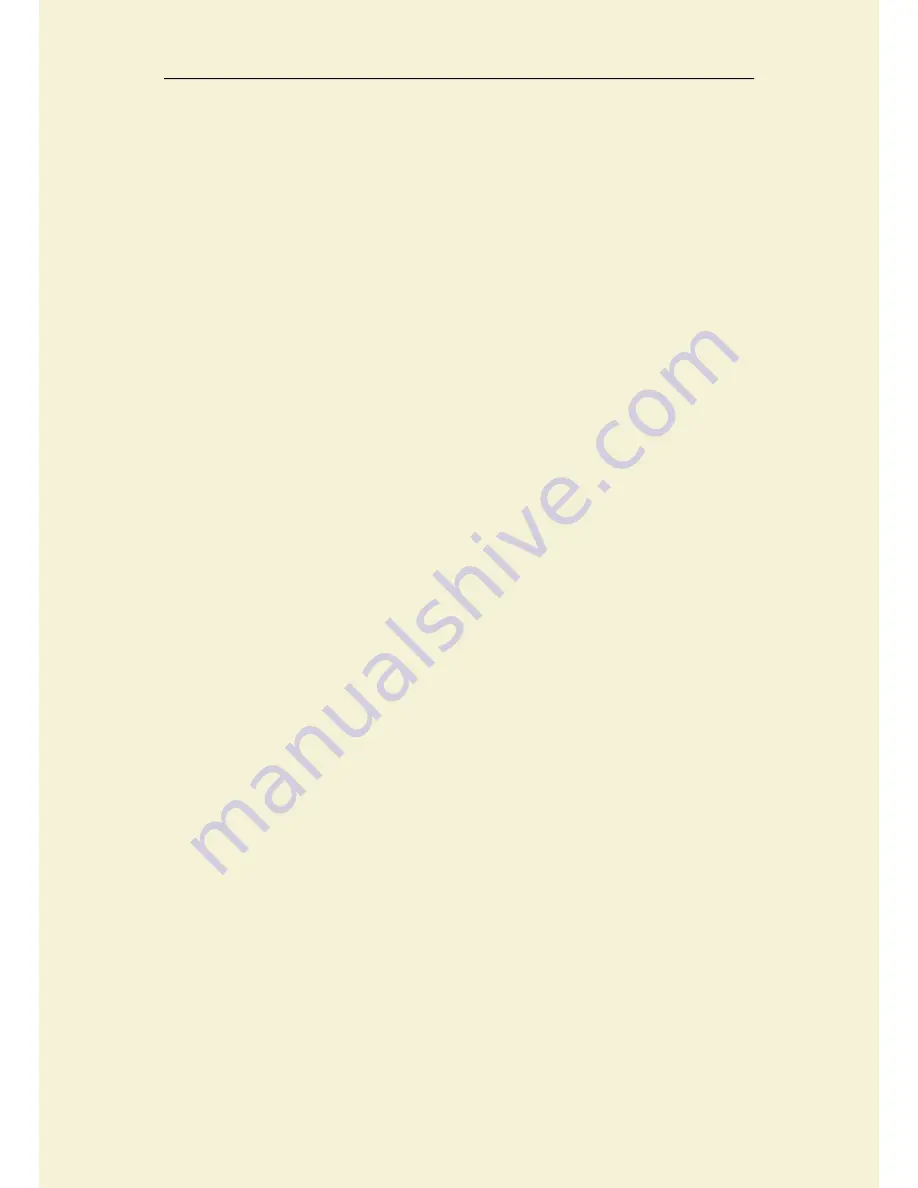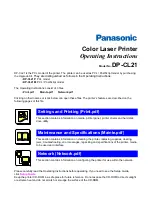
61
For example, if the printer is printing a straight line that is 20mm long, but you
notice that the extrusion seems rather bumpy or seems to vary in size, then you
are likely experiencing this issue. We have summarized the most common
causes for inconsistent extrusion, and explained how each one can be addressed.
20.1 Filament is getting stuck or tangled
The first thing you should check is the spool of plastic that is feeding into
your printer. You need to make sure that this spool is able to rotate freely and that
the plastic is easily being unwound from the spool. If the filament becomes
tangled, or the spool has too much resistance to spin freely, it will impact how
evenly the filament is extruded through the nozzle.
20.2 Clogged extruder
If the filament is not tangled and can easily be pushed into the extruder, then
the next thing to check is the nozzle itself. It is possible that there is some small
debris or foreign plastic inside the nozzle that is preventing proper extrusion. An
easy way to check this is to useAnet3D printer’s control panel to manually extrude
some plastic from the nozzle. Watch to make sure that the plastic is extruding
evenly and consistently. If you notice problems, you may need to clean the nozzle.
Please consult your manufacturer for instructions on how to properly clean the
inside of the nozzle.



































